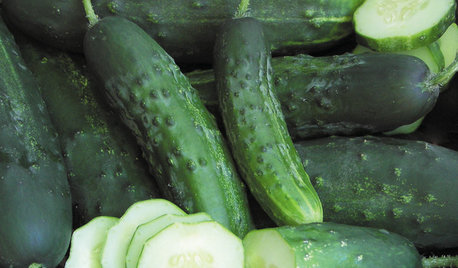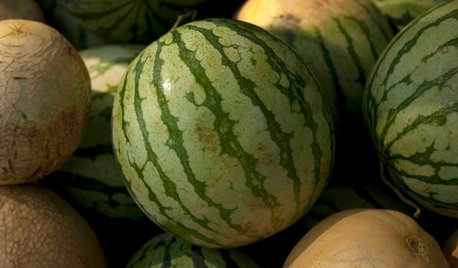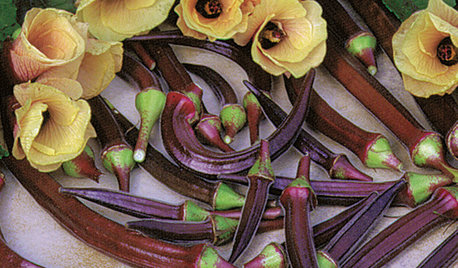mulches, cover crops
sheltieche
9 years ago
Related Stories

SPRING GARDENINGSummer Crops: How to Grow Strawberries
Pluck your own sweet strawberries right from the garden vine for smoothies, salads or eating then and there
Full Story
EDIBLE GARDENSSummer Crop: How to Grow Blueberries
Plant blueberries in spring or fall for garden beauty through three seasons — and a sweet superfood in summer
Full Story
EDIBLE GARDENSSummer Crops: How to Grow Tomatoes
Plant tomato seedlings in spring for one of the best tastes of summer, fresh from your backyard
Full Story
EDIBLE GARDENSHow to Grow Your Own Sweet Summer Crops
This guide will help any gardener get started on growing the freshest warm-season veggies and berries for summer
Full Story
SUMMER FRUITS AND VEGETABLESSummer Crops: How to Grow Beans
Grow your own beans for amazing variety and healthy, convenient produce all summer
Full Story
SUMMER FRUITS AND VEGETABLESSummer Crops: How to Grow Cucumbers
Pick a peck for pickles or opt for fewer and raw — no matter how you slice them, cucumbers are great for summer gardens small to large
Full Story
GARDENING GUIDESSummer Crops: How to Grow Melons
Drink in the refreshing sweetness of melons from your own garden this summer — they can last well into fall too
Full Story
GARDENING GUIDESSummer Crops: How to Grow Okra
Go for the gumbo with this quick-growing edible that brings colorful pods and delicate flowers to a summer garden
Full Story
GARDENING GUIDESThe Art of Green Mulch
You can design a natural garden that doesn’t rely on covering your soil with wood and bark mulch
Full Story
EDIBLE GARDENSSummer Crops: How to Grow Squash
Almost foolproof and with cheerful flowers, squash comes in a wide range of varieties to plant in spring
Full Story






seysonn
sheltiecheOriginal Author
Related Professionals
Jennings Landscape Architects & Landscape Designers · Panama City Landscape Architects & Landscape Designers · Garden City Landscape Architects & Landscape Designers · North Highlands Landscape Contractors · Ponte Vedra Beach Landscape Contractors · South Lake Tahoe Landscape Contractors · La Grange Park General Contractors · Muskogee General Contractors · Renton General Contractors · Rossmoor General Contractors · Walker General Contractors · Blue Springs Decks, Patios & Outdoor Enclosures · Diamond Bar Decks, Patios & Outdoor Enclosures · Lacey Decks, Patios & Outdoor Enclosures · Medford Decks, Patios & Outdoor EnclosuresJohn A
gardengal48 (PNW Z8/9)
carolyn137
gardengal48 (PNW Z8/9)
seysonn
theforgottenone1013 (SE MI zone 5b/6a)
homegrowninthe603
sheltiecheOriginal Author
sheltiecheOriginal Author
John A
carolyn137